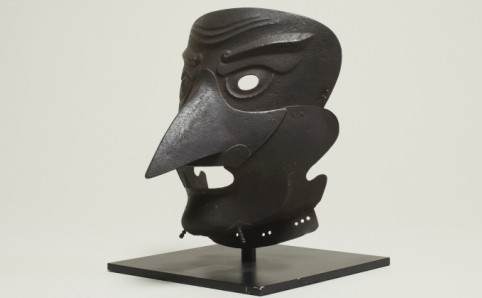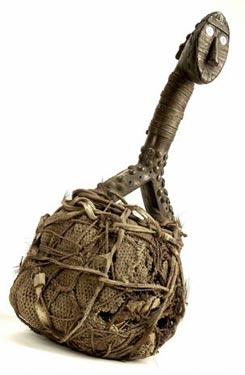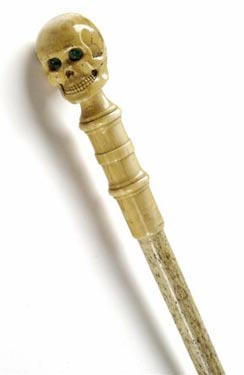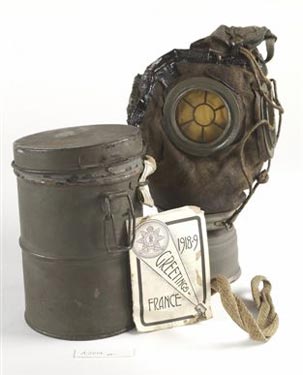
So you think you’re a collector? You ain’t got shit compared to Henry Wellcome (1853-1936).
I spent a few days in London recently, and on Euston Road I came across the Wellcome Collection.
Mr. Wellcome was a pharmacist, entrepreneur, philantropist and compulsive collector. At a very early age, Henry’s village was attacked by Sioux Indians, and Henry helped out taking care of the wounded people. This event sparked an interest in other cultures (usually, it’s the other way around) and already as a child he began collecting objects from other worlds.
At the time of his death he had more than a million archeological artefacts, etnographic specimens and objects of medical history, all packed in warehouses all over London. Most of the collection was sold off at various auctions, but lots of stuff was up for grabs. For example, thousands of weapons were given away, and more than six tons of helmets, shields, spears and guns were just put in the trash. Wellcome had over 600,000 volumes in his library, and more than 100,000 paintings and photographs, all donated to the Wellcome Trust.
Henry’s vision was to create a massive space to house his collections, where scientists and other professionals could come to learn about the development of medicine and such. This was supposed to be a museum of man, rather than a cabinet of curiosities.




Chrisopher Turner writes in his review of An Infinity of Things: How Sir Henry Wellcome Collected the World (Frances Larson):
”Burroughs Wellcome & Co, the business that paid for this magnificent trove of historical bric-à-brac, sold malt extract, cod liver oil, cocaine and other dietary supplements in the novel form of compressed tablets (their cocaine pills, labelled ‘Forced March’, were ‘to be dissolved in the mouth every hour when undergoing continued mental strain or physical exertion’). These revolutionary gelatine-coated ‘tabloids’, were ‘so attractive in appearance’, one customer marvelled in 1885, ‘that they might almost be mistaken for sweets’ – and they sold almost as fast. The two entrepreneurs built a factory in Kent, with machines capable of churning out 600 pills a minute. The pills were then aggressively marketed to doctors and pharmacies all around the country by salesmen in frock coats with crocodile-skin bags.”